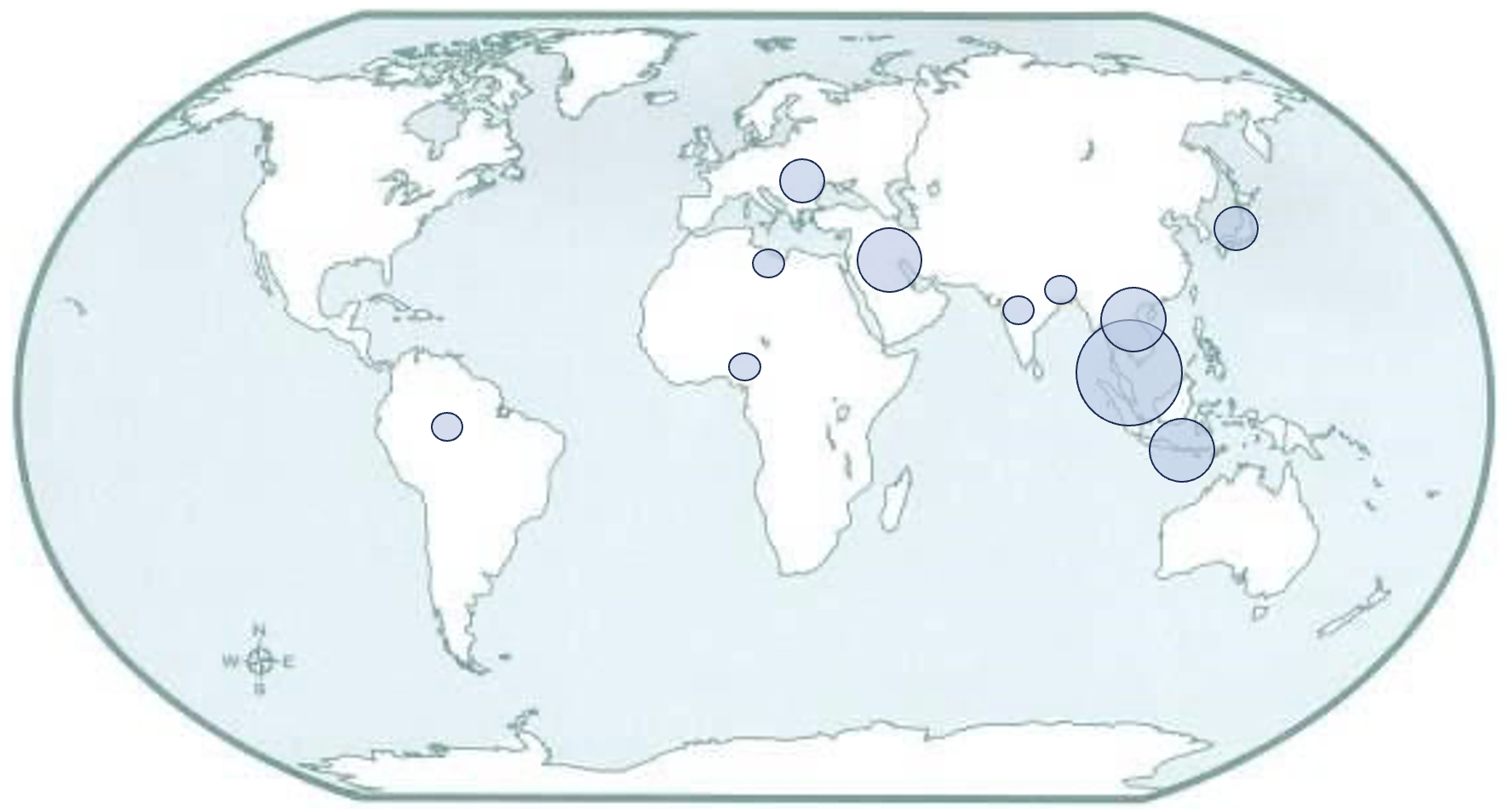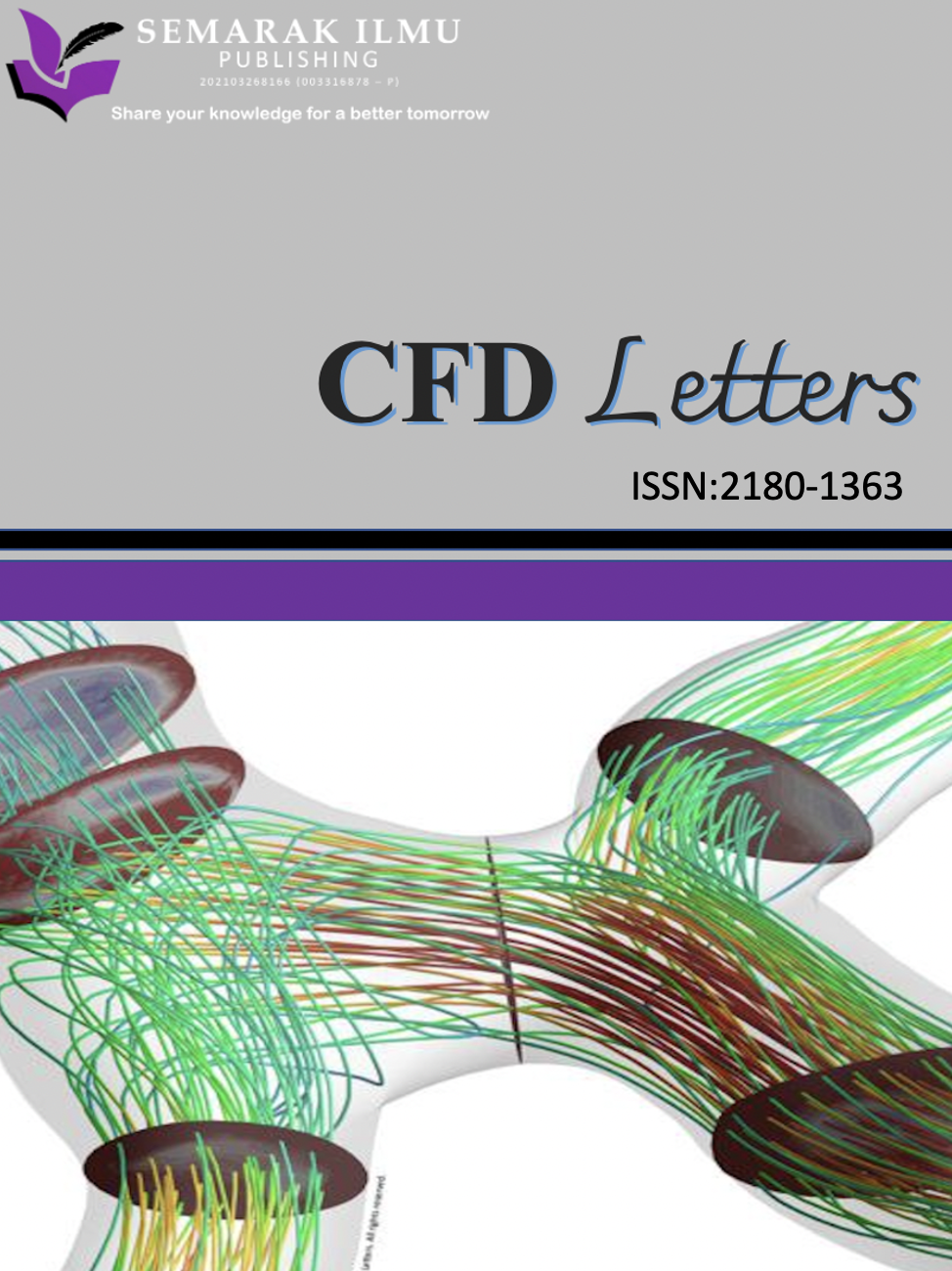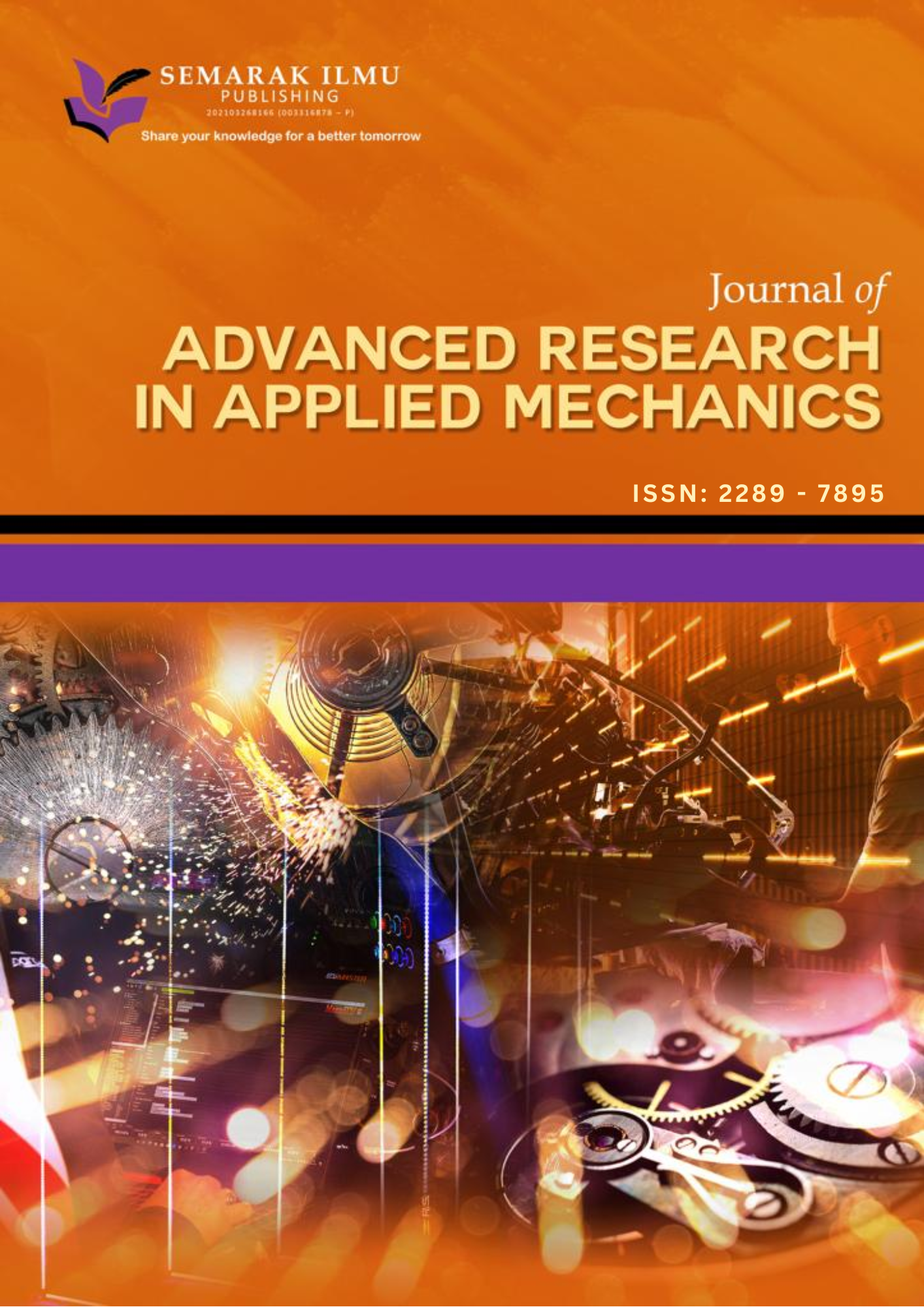Tensile and Low Velocity Impact Behaviour of Flax Fiber Reinforced Composite Modified with Multi-Walled Carbon Nanotubes
DOI:
https://doi.org/10.37934/armne.29.1.4659Keywords:
Tensile, impact, flax, bio-composite, multi-walled carbon nanotubeAbstract
The utilization of natural fibers as sustainable materials in composites has gained significant attention in recent years. This study investigates the tensile and low-velocity impact behavior of flax fiber-reinforced composites modified with multi-walled carbon nanotubes (MWCNTs). The primary objective is to evaluate the mechanical performance enhancements achieved by incorporating MWCNTs into woven flax fibers through a vacuum bagging process. Flax fiber with varying MWCNT concentrations (0-3 wt.%) were fabricated and subjected to tensile and drop-weight impact tests. The tensile test results revealed that the incorporation of MWCNTs significantly improved the tensile strength of the composites, with the FF/PE-CNT3 sample exhibiting a 6.23% increase compared to the control sample (FF/PE). Scanning Electron Microscopy (SEM) analysis demonstrated better dispersion and interaction of MWCNTs within the composite matrix, leading to enhanced load transfer and mechanical properties. Impact tests showed a marked increase in energy absorption with higher MWCNT content. The FF/PE-CNT3 sample absorbed 43.81 J at 30 J impact energy, indicating a 31.81% improvement over the control sample. The enhanced energy absorption is attributed to the excellent interfacial bonding and effective load distribution facilitated by the MWCNTs. These findings suggest that MWCNT-modified flax fiber composites exhibit superior mechanical properties, making them promising candidates for applications requiring high strength and impact resistance. The study contributes to the development of advanced natural fiber-reinforced composites with improved performance for sustainable engineering applications.
Downloads

























